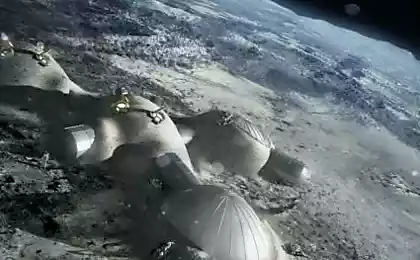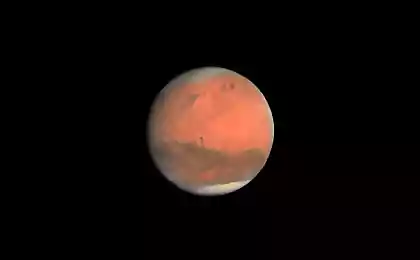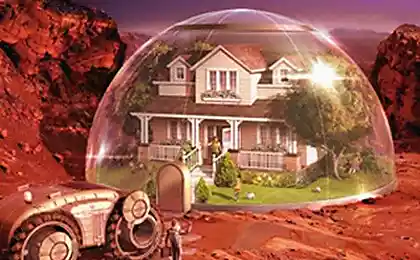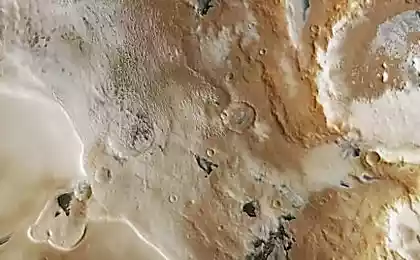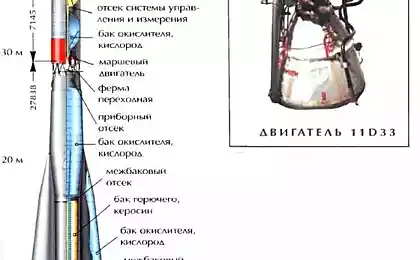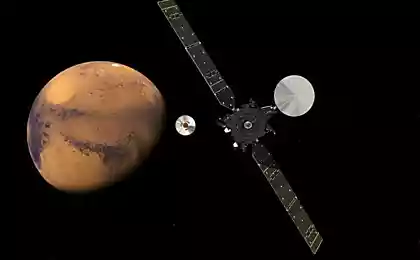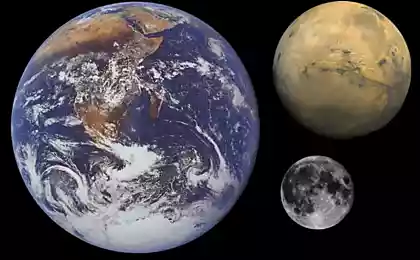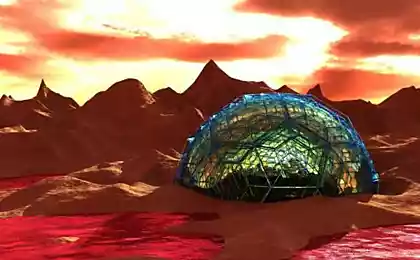959
Orbital Martian station MAVEN: that is studying the machine?

Orbital station MAVEN took his position in the orbit of the Red Planet recently. Flight to Mars station and exit into orbit was widely reported in various media, but the work of the unit is not particularly covered. And after MAVEN went into the proper orbit, the media and at all forgotten about this station.
What does the device now, what are its aims and objectives? The main goal - to study the Martian atmosphere, composition, dynamics, properties. These data will help scientists understand how the atmosphere of Mars in the past, and what is its future.
Data sent the device back to Earth, complementary data that sends Curiosity. At that time, as the rover, studying rocks, can determine the time when there were those or other changes in the atmosphere, MAVEN helps determine which processes have led to such changes.
Currently MAVEN is in the ionosphere of Mars, analyzing the properties of charged particles in the outer layer of the atmosphere of the Red Planet. The data sent to a space station on the ground, have already helped scientists understand that charged particles are neutralized atmosphere. Often particles flows penetrate into the atmosphere, reaching lower layers.
High-energy particles "solar wind", penetrating into the lower layers of the atmosphere of Mars, the particles interact with the atmosphere, contributing to the fact that these particles go beyond Mars into space. Information has already been confirmed instrument Solar Wind Ion Analyzer (SWIA).
A total of MAVEN eight scientific instruments, and they are all loaded with work. SWIA and STATIC possible to determine characteristics of the material entering the Martian atmosphere, and to identify which elements leave the atmosphere of Mars. STATIC determines how much material goes beyond the planet. Rather, it flows "solar wind" are the main (though not the only) cause loss of Mars, its atmosphere.
Another reason - it is the absence of a magnetic field of Mars. Therefore, the high-energy particles is much easier to penetrate into the atmosphere - almost no obstacles. Oh, and smaller than the Earth, the size of Mars contributes to the care of the planet's atmosphere into space. The size of the Red Planet - one of the important factors such significant losses.
MAVEN continues to explore the process of changing the atmosphere of Mars, in order to predict the future dynamics.
Source: geektimes.ru/post/243493/
The authors whose works will be free January 1, 2015
Epson RIPS - printing without ink cartridges for a large office


